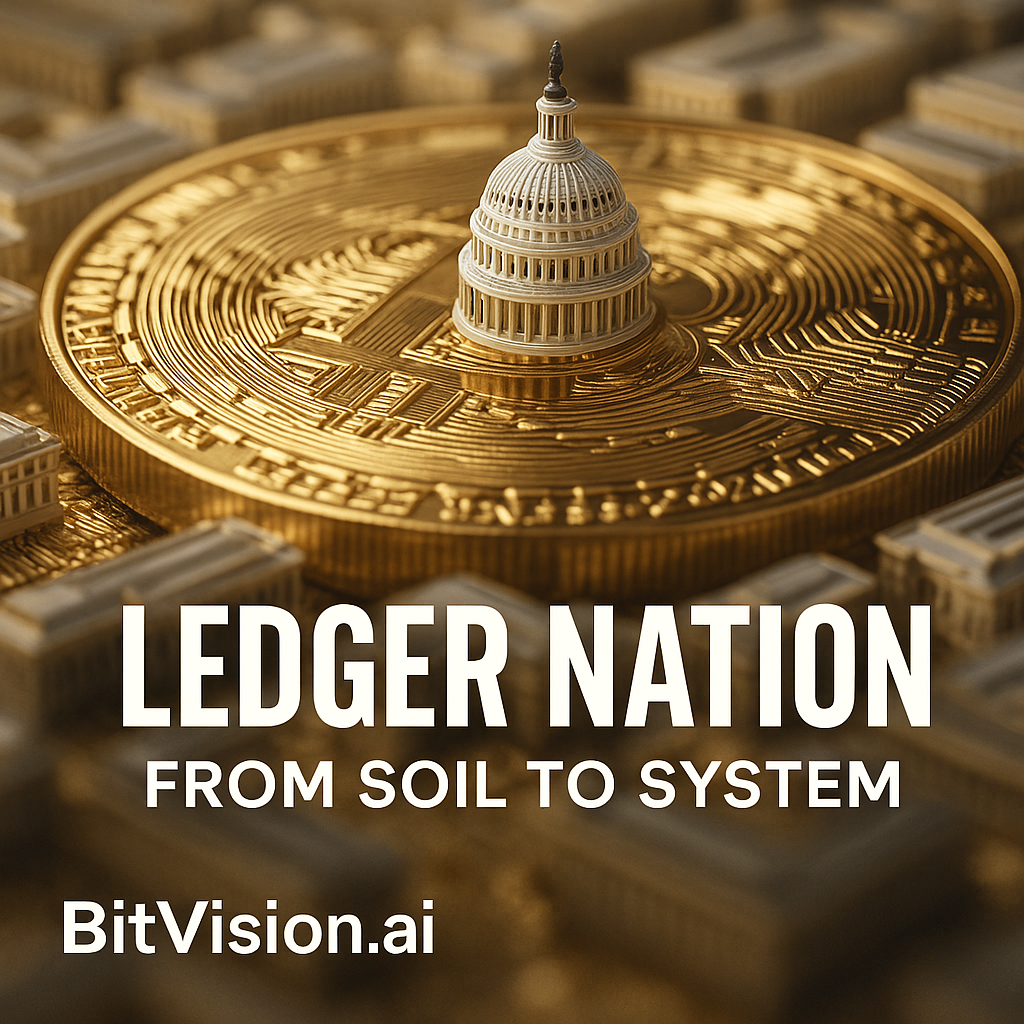The chairman of the SEC just dropped a bombshell.
During a special event hosted by the America First Policy Institute, SEC Chair Paul Atkins signaled that, at last, regulators are ready to “unleash” innovation in the crypto industry. This Policy wasn’t another vague promise — it was a declaration that the United States’ financial system is about to move on-chain.
All Hands On Deck
On July 31, Atkins spoke just one day after the White House unveiled a 166-page policy blueprint — Strengthening American Leadership in Digital Financial Technology.
Born from the January 23 executive order of the same name, this blueprint is more than policy talk. It’s a national strategy to make America the leader in blockchain technology and the digital asset economy.
It covers:
- Markets and regulators.
- Banks, stablecoins, and payments.
- Taxation and illicit finance prevention.
It’s a well-structured roadmap, bullish for the future of digital assets and public blockchains.
Then, 24 hours later, Atkins raised the stakes with Project Crypto — not just integrating crypto into finance, but migrating the entire financial system onto the blockchain.
On the Brink of Mass Tokenization
We’re talking about tokenizing everything:
- Stocks, bonds, and real estate.
- Commodities, art, and private equity.
- Supply chains, factories, and food systems.
When every asset can be fractionalized, traded, and verified in real time, friction disappears, fraud collapses, and liquidity surges.
Tokenization isn’t speculation — it’s already happening. I broke this down in XDC: The Dark Horse of Tokenization Goes Mainstream, showing how enterprise-grade blockchain quietly reshapes industries behind the scenes.
The Opportunity
Bitwise CIO Matt Hougan calls this a “generational opportunity” — and he’s right. But tokenization isn’t just a Wall Street upgrade. It’s the backbone of Made in USA industrial tracking, where every product and process is verifiable from origin to ownership.
Imagine:
- A farm wallet containing soil tests, GPS boundaries, and pesticide logs.
- A factory wallet recording labor standards, component sourcing, and energy usage.
- A product wallet bundles every step of its journey into one immutable record.
Food on a chain isn’t branding. It’s proof. It turns “Made in USA” into a cryptographic guarantee — a vision already in motion at miusa. one.
Supply Chain: Bundled and On-Chain
Every participant gets a blockchain wallet:
- Farm wallet logs planting, treatments, and harvest.
- Processor wallet logs cleaning, packaging, and storage.
- Distributor wallet logs shipment conditions and delivery.
- All connect to the product wallet — the master record from soil to shelf.
Bundled wallets create an unbroken chain of custody, viewable in real time. Recalls become faster, compliance becomes automatic, and fraud becomes almost impossible.
The Tools Powering the Shift
- Layer-1 blockchains for secure, scalable tokenization.
- DeFi protocols as the new banking layer for instant, verified capital movement.
- IoT sensors feed live environmental, location, and quality data into the chain.
- Agentic AI monitors supply chains, predicting risks, and triggering automated action.
Why Now
The CLARITY Act is heading for a Senate vote this fall. The SEC, CFTC, and White House are aligned for the first time in history. Blockchain, IoT, and AI are no longer experimental — they’re enterprise-ready.
From farm to factory to finance, we have the tools, the Policy, and the momentum. The next decade will belong to those who build and verify on-chain.
The on-chain system is in a golden age of innovation. And with Congress on the brink of signing crucial legislation, the clock is ticking.
Don’t miss out on what could be the opportunity of the century.
